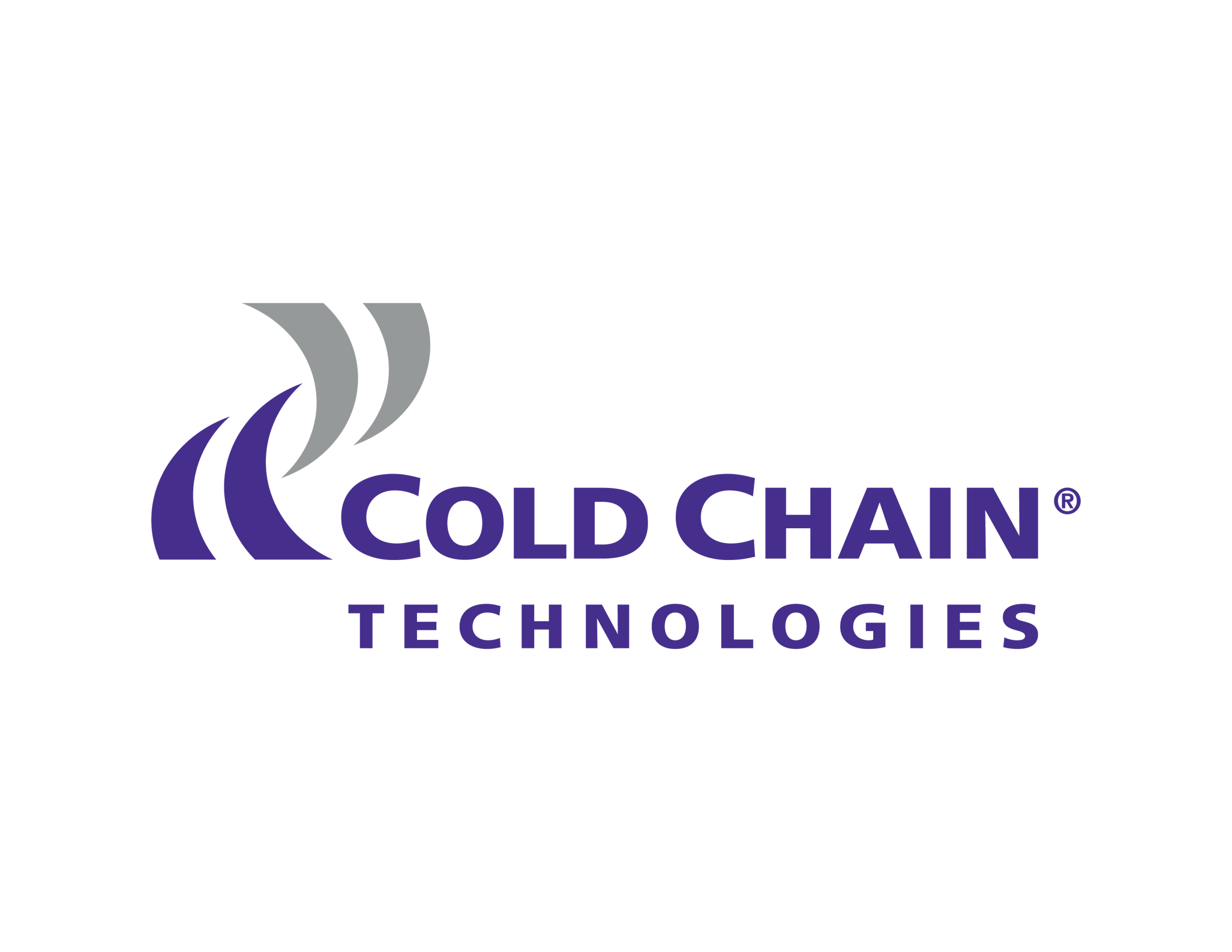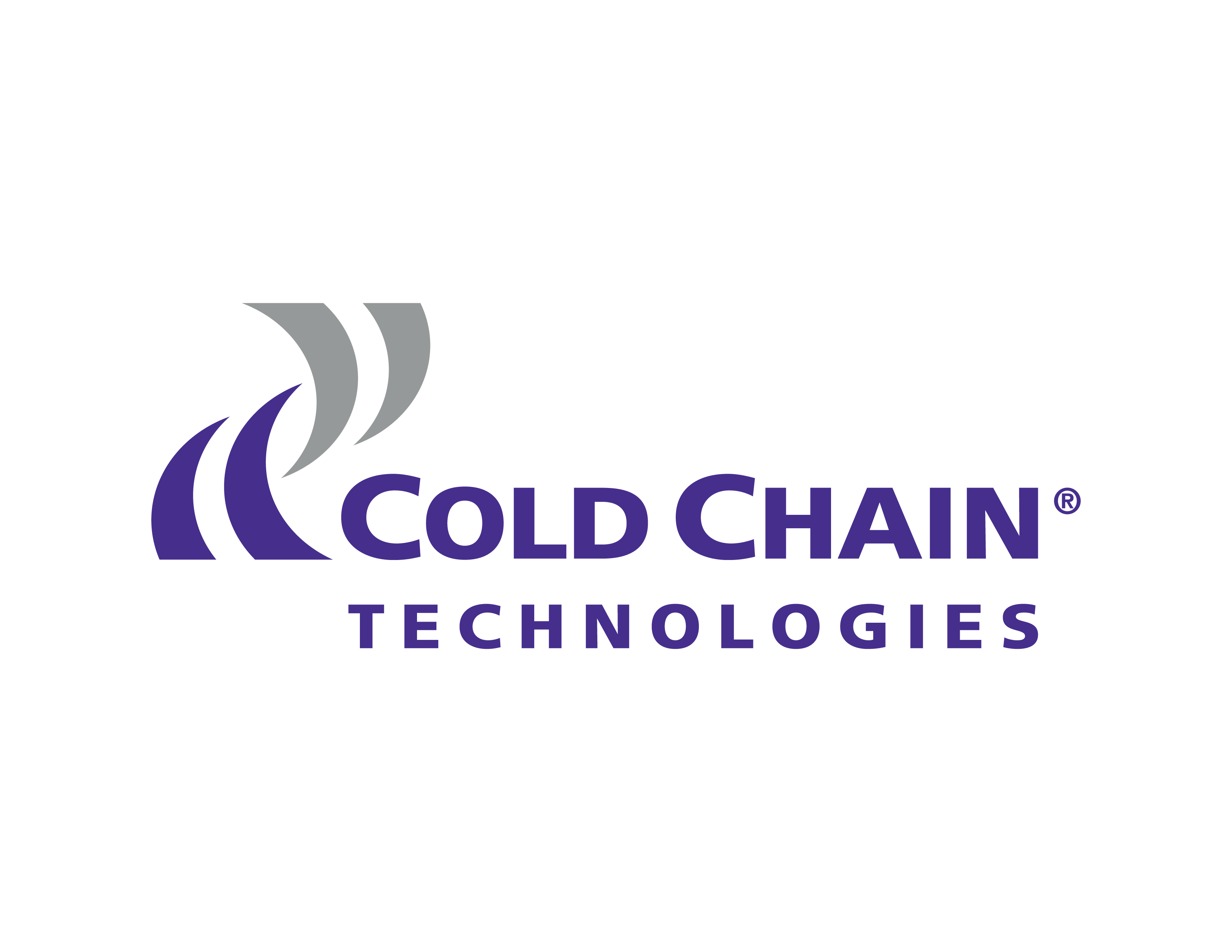From pallet covers to real-time monitoring, you need the latest cold chain technology.
Your cold chain products can’t talk but if they could, they might say things like “it’s awfully hot in here”, “oof, that was a sudden drop”, “uh oh, it feels like there’s a leak”, “hmm, wonder when someone will remember us out here in the truck”, or “how much further”.Here’s a secret – if you’re using the latest cold chain technology, your cold chain products can talk to you, giving you real-time updates on location, temperature, environment, and security.
And this is the only way to build an uninterrupted cold chain. It all comes down to modern cold chain packaging, solutions, and technology.
We’re going to be blunt here and spell it out in black and white:
Building an uninterrupted cold chain is not a luxury; it’s a necessity. The technology, people, processes, and experience are readily available to companies of all sizes and industries.
There are zero excuses for not having end-to-end visibility throughout your entire cold chain. Your customers expect you to have this. Your company success depends on your use of the latest cold chain technology. Your competitors are doing it.
Change. You need to make changes to your cold chain management to build an uninterrupted cold chain. From manufacturing through to logistics – you need to make changes at every step.
This change is not easy – but there is no other alternative. Because the alternative is poor product quality, failure to comply with regulatory standards, lost customers, and a negative brand reputation.
Why You Need an Uninterrupted Cold Chain Solution
You need an uninterrupted cold chain because any disruption or failure within your cold chain solution during transit, storage, display, or delivery can result in product loss, spoilage, and financial implications.
Your business cannot withstand the impacts of an interrupted cold chain.
An uninterrupted cold chain has six core benefits for your company and customers:
- Cold chain product quality, safety, efficacy, and integrity.
- Compliance with regulatory standards and requirements.
- Corporate financial security, reducing total cost of ownership.
- Preventing product loss and waste.
- Customer service and loyalty, brand loyalty and reputation, and industry trust.
- Ability to respond and react to challenges, disruptions, and slowdowns.
There can be no doubt about the integrity and quality of your cold chain solutions and logistics management. The side effects of risk are too high. If you do have doubts, it’s time to act – contact us – and keep reading to learn the basics of cold chain solutions logistics and how cold chain technology can help you build a trusted and uninterrupted cold chain.
The Basics of Cold Chain Solutions Logistics
To build an uninterrupted cold chain, get these six basics of cold chain solutions logistics right:
1. Storage
An uninterrupted cold chain starts with storage. Whether it’s the ingredients in take-home meal kits or the unique components used to manufacture advanced pharmaceuticals – each of these requires specialized storage.
Storage Challenges: frost and condensation in refrigerators and freezers, damaged storage equipment, leaving products on the tarmac or stranded in trucks waiting to be unloaded, lack of understanding of storage requirements, human errors, temperature excursions, and more.
2. Packaging
A bubble envelope purchased at the post office is not effective. An uninterrupted cold chain relies on the correct application of thermal packaging. Every single cold chain product has unique packaging requirements.
Packaging Challenges: incorrect application of packaging, lack of education on the relationship between temperature range and product type, access to inventory, using packaging not designed for global transport, heat and/or cold exposure, and more.
3. Monitoring
Real-time updates on the status of cold chain products are essential to effective cold chain solutions logistics.
Monitoring Challenges: temperature and environment variability, lack of communication and status updates, lags in real-time data updates, temperature excursions, accountability, and more.
4. Transportation
The global cold chain means products are moved across waterways, roads, rail lines, and in the air to reach their destinations. Temperature management is not easy when products are packaged on one continent, transported to a manufacturing plant on another continent, assembled into the product and repackaged, then transported to another continent for delivery to a rural location or healthcare center in a busy urban center.
Transportation Challenges: vehicle breakdown, delays at ports and border controls, natural disasters, infrastructure failures, labor shortages, heat/cold exposure, loading and unloading inefficiencies, reduced number of flights creates increased competition for cargo space, and more.
5. Customs Clearance
Customs paperwork is a vital step in the cold chain, ensuring products can be transported and delivered quickly and efficiently. A failure to comply with customs clearance requirements can result in delays – causing product loss, risks to product quality, and additional expenses for storage, transport, and delivery.
Customs Clearance Challenges: errors in or missing paperwork, licensing and regulatory standards compliance, lack of data and log trails for validation, no end-to-end visibility, human errors, access to documentation and signatures, and more.
6. Delivery
Delivering cold chain products to their ultimate destination is the final stage of the cold chain journey. This is also when the risks within the cold chain are heightened – the ultimate success of the cold chain depends on getting products delivered safely and securely.
Delivery Challenges: delays in unloading, stranded container ships, overwhelmed logistics teams, traffic congestion, lack of personnel, improper handling of goods, and more.
An uninterrupted and successful cold chain is invisible to your customers, partners, and providers. From the outside looking in, the movement of your cold chain products from point A to Z appears seamless and straight forward.
Cold Chain Solutions Logistics for 2024 & Beyond
There are challenges through every step of the cold chain. However, these challenges can be eliminated and minimized with the smart application of technology and innovations in cold chain packaging.
You know there are no excuse for not knowing where your cold chain products are, the environment they are in, and when they will be delivered.
The lessons from the pandemic should motivate companies to make changes – what always worked – didn’t work. The technology is here. The thermal packaging is here. It’s time to use it.
- Artificial Intelligence/Machine Learning: are critical in understanding your cold chain challenges, blind spots, opportunities, and options. Demand forecasting, inventory management, reducing waste and loss, automation of routine tasks and deliverables, improved quality assurance and testing, and making sense of the data collected by your IoT sensors, GPS trackers, data loggers and monitors, and human-generated data – are all simplified, streamlined, and better with AI/ML apps and tools.
- IoT Sensors: in a modern cold chain, IoT sensors ensure data can be collected and streamed from all touch points in the cold chain. Everything and anything can be tracked and then analyzed using AI/ML apps and tools to give you visibility and traceability into every aspect of your cold chain. This helps you build an uninterrupted, agile, dynamic, and dependable cold chain solution.
- Robot Process Automation: from the manufacturing floor to the tarmac, autonomous mobile robots, drones, automated storage and retrieval systems, and last-mile delivery automation can help companies improve workplace safety, strengthen efficiencies, eliminate routine and mundane tasks, and help compensate for the ongoing labor shortage.
- Blockchain: this secure, immutable data ledger gives companies confidence their data is protected, trusted, and accessible at all times. Many companies are using AI/ML with the blockchain to interpret the data stored on their blockchain – looking for patterns, mistakes, and even producing regulatory and customs paperwork.
- Smart & Sustainable Cold Chain Packaging: modern thermal packaging gives companies the real-time end-to-end visibility they need to trust that their cold chain solution can operate without interruptions. Phase change materials, reusable and sustainable packaging solutions, integrated Bluetooth and IoT sensors, GPS trackers, temperature monitoring capabilities, automated alerts, and more help companies meet the cold chain challenges head-on.
- Thermal Pallet Covers: are essential to protecting against temperature excursions, physical hazards, harmful vapors and gasses, biological threats, condensation and humidity damage, and tampering. Using the latest in breathable, flexible, thin, and lightweight material, pallet covers deliver ultimate temperature control.
Facts & Statistics About the Global Cold Chain
These statistics and facts underscore why it is so important for companies to invest time, resources, and leadership in building an uninterrupted cold chain:
- According to the International Air Transport Association (IATA), almost 60% of all temperature excursions occur due to tarmac delays.
- A Georgia Tech University survey found that 90% of temperature excursions were the result of human error, with the vast majority attributed to errors during pack-out.
- The World Health Organization (WHO) estimates that almost 50% of global vaccines are wasted annually. The WHO attributes this in part due to insufficient logistics to support a global cold chain.
- The IQVIA Institute for Human Data Science says the biopharma industry loses an estimated $35 billion annually due to cold chain logistics failures.
- According to the State of Supply Chain Visibility Report, 92% of companies say they cannot trust their supply chain data. And 99% of pharmaceutical respondents are using manual processes to gain supply chain visibility.
- Based on a 2019 report, the biopharmaceutical industry loses an estimated $35 billion annually due to cold chain logistics and management failures.
- A 2022 Accenture survey reveals that 70% of surveyed pharmaceutical executives say they lack efficient cold chain capabilities at scale. The report also states that companies who were not involved in the COVID-19 vaccine rollout understand that their operating models are lagging and are uncompetitive within the biopharma industry.
No company can sustain repeated losses and the uncertainty that comes with not knowing if products are going to make it through the cold chain successfully.
The technology and packaging are here to make it easier for you to build and manage an uninterrupted cold chain. Contact us to discuss how modern cold chain technology and packaging can help you alleviate the challenges in your cold chain.
Sign up for CCT blog updates to learn how our team helps you build an uninterrupted cold chain solution.



